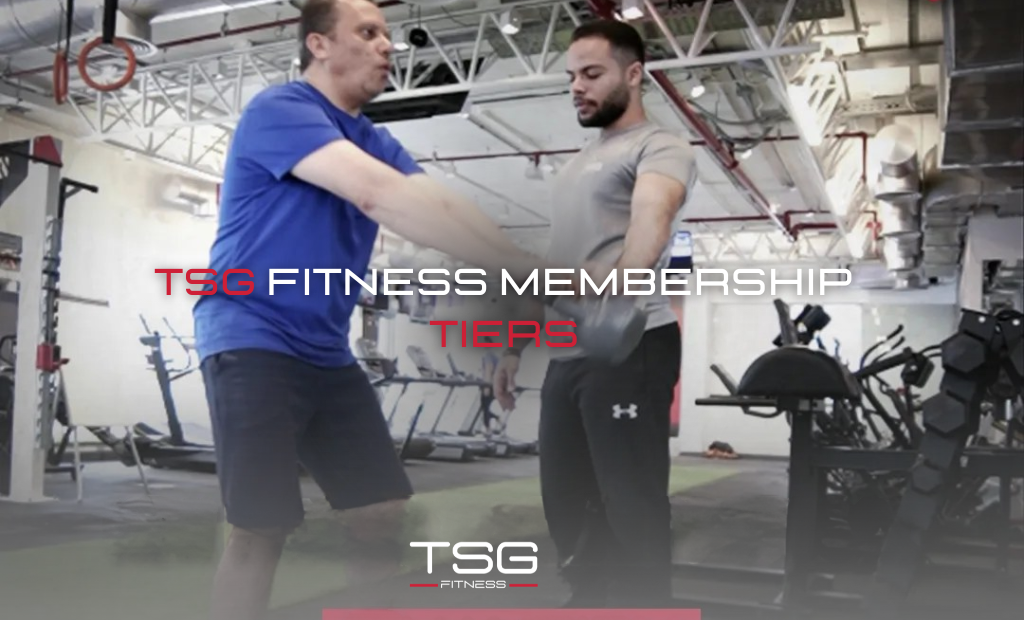
Virtual vs. In-Gym Coaching: Which Personal Training Model Fits You?
Choosing between on-site and online coaching comes down to your lifestyle, preferences, and goals. While traditional in-gym training offers hands-on guidance and community energy, virtual coaching delivers flexibility, broader access, and lower costs. This guide breaks down each model’s features, pros, and cons to help you decide which path leads to your best results.
In the Box or on the Screen? The Evolution of Consumer Fitness
Over the last decade, fitness moved beyond bricks-and-mortar gyms into digital platforms. Wearables, live-stream classes, and bespoke training apps have empowered consumers to pursue health from anywhere. Yet many still crave the embodied expertise and accountability that only in-person interaction provides. Understanding the evolution of consumer fitness helps highlight why both models have a place in today’s market.
Traditional Personal Training: One-on-One in Real Life
In-gym coaching means working directly with a trainer who corrects your form, spot-checks heavy lifts, and adapts workouts in real time. You benefit from facility equipment, immediate feedback, and social motivation from fellow gym-goers. The tactile experience of cuing, adjusting resistance, and ensuring safety during complex movements makes this model ideal for beginners, high-performance athletes, or anyone who thrives on direct supervision.
Online Personal Training: Bridging the Digital Divide Through Fitness
Virtual training connects you with certified professionals via video calls, apps, and messaging platforms. After an initial consultation, your trainer designs a program tailored to your goals and environment—whether home, hotel gym, or park. You receive videos demonstrating proper technique, track workouts through specialized software, and communicate progress remotely. This model democratizes access to top coaches regardless of location.
Budget, Goals, and Background
Cost considerations often guide the choice. Online training sessions typically run 30–50% cheaper than face-to-face coaching, making professional guidance more attainable. If you have minimal equipment and moderate goals—like improving general fitness or weight management—virtual coaching offers an economical, flexible solution. Conversely, if you require complex programming, rehabilitation support, or enjoy the communal atmosphere, in-gym training justifies the higher investment.
The Big Takeaway: Inspiration vs. Instruction
True transformation hinges on more than following instructions—it requires inspiration, connection, and authenticity. In-gym trainers build rapport through personal interaction, while online coaches foster motivation through consistent communication and digital accountability tools. Both can catalyze change, but choosing the environment where you feel most supported is key.
Pros and Cons of Online Personal Training
- Pros: Lower cost, geographic freedom, flexible scheduling, increased privacy for insecure clients, and enhanced accountability via apps and regular check-ins.
- Cons: Limited access to specialized equipment, potential distractions at home, and less real-time correction of form and technique.
Picking the Right Model for You
Assess your priorities—cost, convenience, equipment, social support, and coaching style. If hands-on feedback and gym community fuel your progress, traditional training is likely your best fit. If flexibility, budget, and autonomy matter most, virtual coaching offers an equally effective path. Ultimately, both models can deliver results when paired with a committed mindset and clear goals. Choose the partnership style that inspires you to show up, work hard, and evolve.



